Shark S1: The one-off Canadian supercar with big-block guts
This is a Shark S1. Or rather, this is the Shark S1, the only one of its kind. Conceived of as a prototype, it was built to one man’s ideals. It took three years to make—a costly trial and error process consuming hundreds of thousand of dollars. Now, it’s for sale.
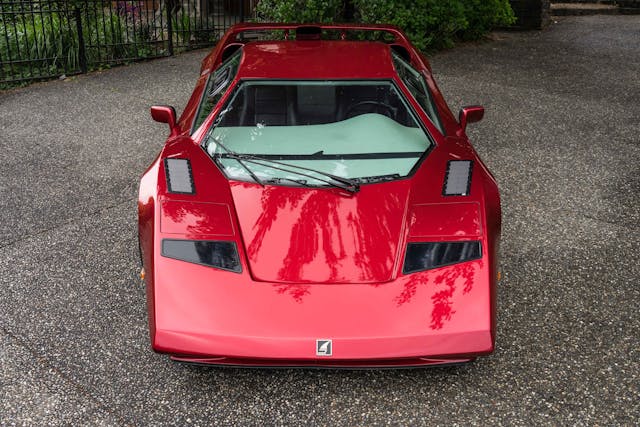
“You’re not supposed to build your own car,” says the Shark’s owner and designer, Rudi Huber, with a clipped German accent. “But I tell you what it is. It’s a labor of love.”
Huber would not advise anyone to start off on the path of creating their own supercar from the ground up. He points out, rather astutely, that many begin projects like this, but few finish. As the costs rack up, the smart move becomes stemming the financial bleeding and just walking away. Huber was either too brave or too stubborn to just give up on his dream.
A cabinetmaker and millwright by trade, the now-retired Huber has a comfortable home in Cloverdale, British Columbia. It’s a fair-sized place and he and his wife are downsizing. There will not be room to keep the Shark in the garage, besides which the car is hardly driven these days. Like many supercars, it’s too low to get in and out comfortably.
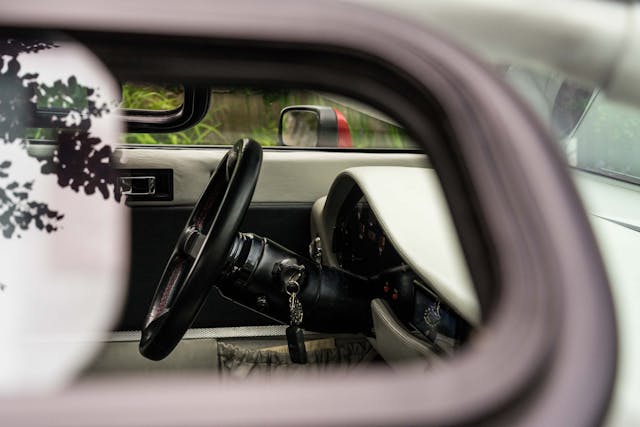
And yes, the Shark is most assuredly a supercar. If Rudy’s last name was Wiegert or Zampoli, there might be a small school of these machines out there, obscure but with a small fanbase. The Shark’s construction and design is the equal of something like a Vector W8 or a Cizeta V16, just perhaps less exotic and more practically-minded.
Huber gets in, fires up the 502-cubic-inch Chevrolet V-8, and backs the Shark out of the garage. The engine starts instantly, a backup camera makes maneuvering easy. The transmission, a near-bulletproof TH400, doesn’t lurch or buck. The Shark just works.
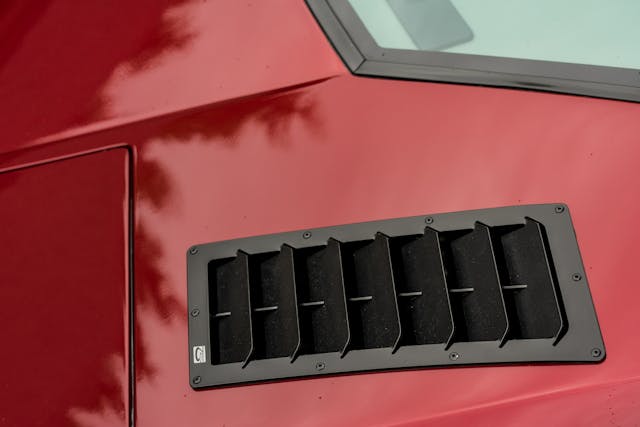
The look is of Huber’s own design. He drafted the Shark himself in the early 1990s, then took the sketches to be virtually tested with some then-new computer-aided aerodynamics modeling. Right out of the gate, the Shark proved suitably slippery. It’s typically wedge-shaped in profile, but surprisingly curvy.
In person, the car is a blend of Jaguar XJ220 and Countach. The interior is particularly impressive, at least as good as the more familiar Italian exotic fare. The digital instrument panel is downright cool. The Shark puts you in mind of obscure supercars of the 1980s and 1990s like the Isdera Imperator or the Zender Vision. The difference isn’t so much that Huber didn’t have an Italian styling house and a marketing department backing up his effort, it’s that he was building a car to his own somewhat pragmatic needs.

Initially, the Shark project was spurred by Huber’s miserable Ferrari ownership experience. His wife, Elsa, did not want to drive a heavy-clutched manual transmission. The servicing costs were astronomical. Whenever he wanted to take the car across the border, his Ferrari would often overheat in the lineup, and once or twice he nearly ran out of fuel before he could make it to nearby Blaine.
“I wanted to put air-conditioning in [the Shark], and [the builder] said well, the F40 doesn’t have it. I said, ‘we are not building an F40.’”
The Shark has air-conditioning. It has anti-lock brakes. It has a simply enormous 145L (38 gallon) fuel tank. It has big-block torque for days, and delivers a claimed peak 550 hp without having to be revved hard. It’s a mix of exotic good looks and muscle car thunder.
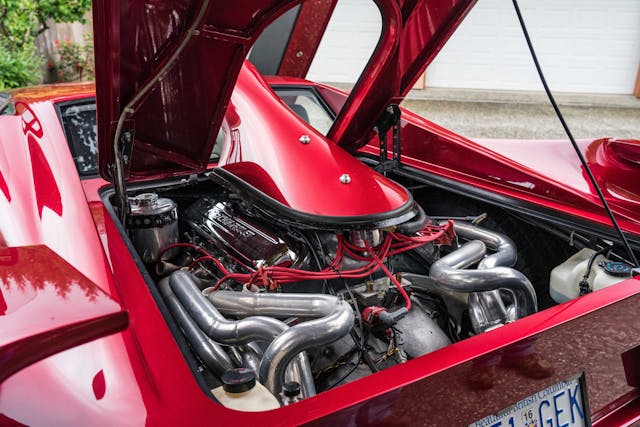
The engine is a crate-motor 502, the block from GM’s Tonawanda plant. Huber proudly declares that he was the first to order one through the local dealership. He is equally proud that he could drive the Shark pretty much anywhere and be able to find mechanical parts for it.
“For a tuneup, it doesn’t cost any more than a Corvette,” he says.
What did cost was making Huber’s imaginative sketches a reality. During the build, three different variations of the frame were fabricated. The body also presented issues. The first versions to come out of the mold warped when put on the car. Huber contacted the Engineering department at the nearby University of British Columbia, and they sent him a chemical breakdown of what would be required.
Because Huber was building his Shark in the mid-1990s (the project was completed in 1996), finding specialty compounds wasn’t as easy as it is now. He hand-ground tiles to add ceramic powder to the composite, ending up with a body structure that is more like the hull of an offshore speedboat than a car. It’s not the lightest solution (the S1 weighs a claimed 2900 pounds), but it’s incredibly strong. Huber claims he can jack the car up at any point on the frame without the body flexing at all.
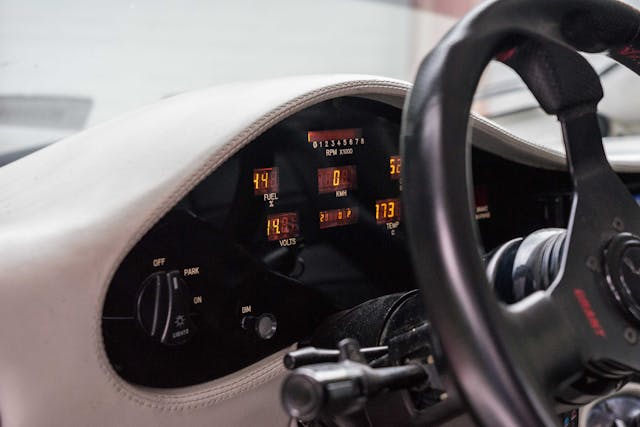
The rear engine cover is stainless steel. The vents in the fenders help pull air out from the radiators. The car is reportedly stable at certain speeds best not to quantify here. Back when he was driving it more often, Huber would take the Shark out with the local Lamborghini club, easily keep up, and then leave them in the dust when all the Italian machinery had to refuel. In a car he designed himself. It was clearly a very satisfying experience.
Even so, Huber doesn’t recommend building your own car. He put far more money into the Shark than he will get out of it. At one point, he travelled to the U.S. to meet with various kit car builders, but while many were interested, funding wasn’t forthcoming for more Sharks. In the end, there would be only one S1. The money had been spent, rather than invested.

And yet, what value can be assigned to this machine? It’s the car Huber wanted to build. Despite its vague resemblance to a Countach or a Vector, it’s unlike anything else on the road. The ultra-strong construction, massive torque, and mile-wide drag radials are the opposite of high-strung exotic. This is a car an owner could drive often, and everywhere you went people would want to talk to you about it. “What is that thing?” they’d ask, bug-eyed.
Well, it’s a Shark, you’d perhaps reply. The Shark actually. The only one ever made. And it’s wonderful.
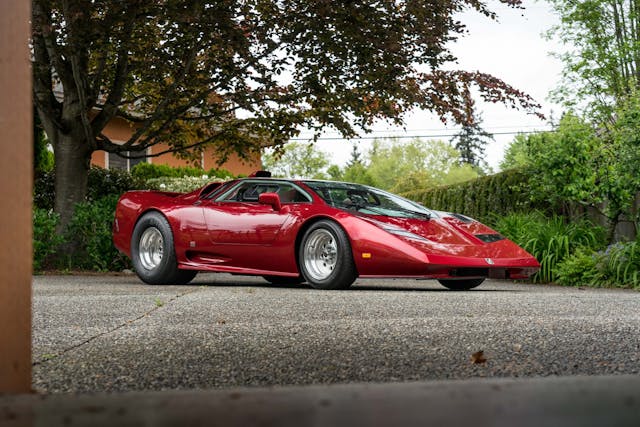

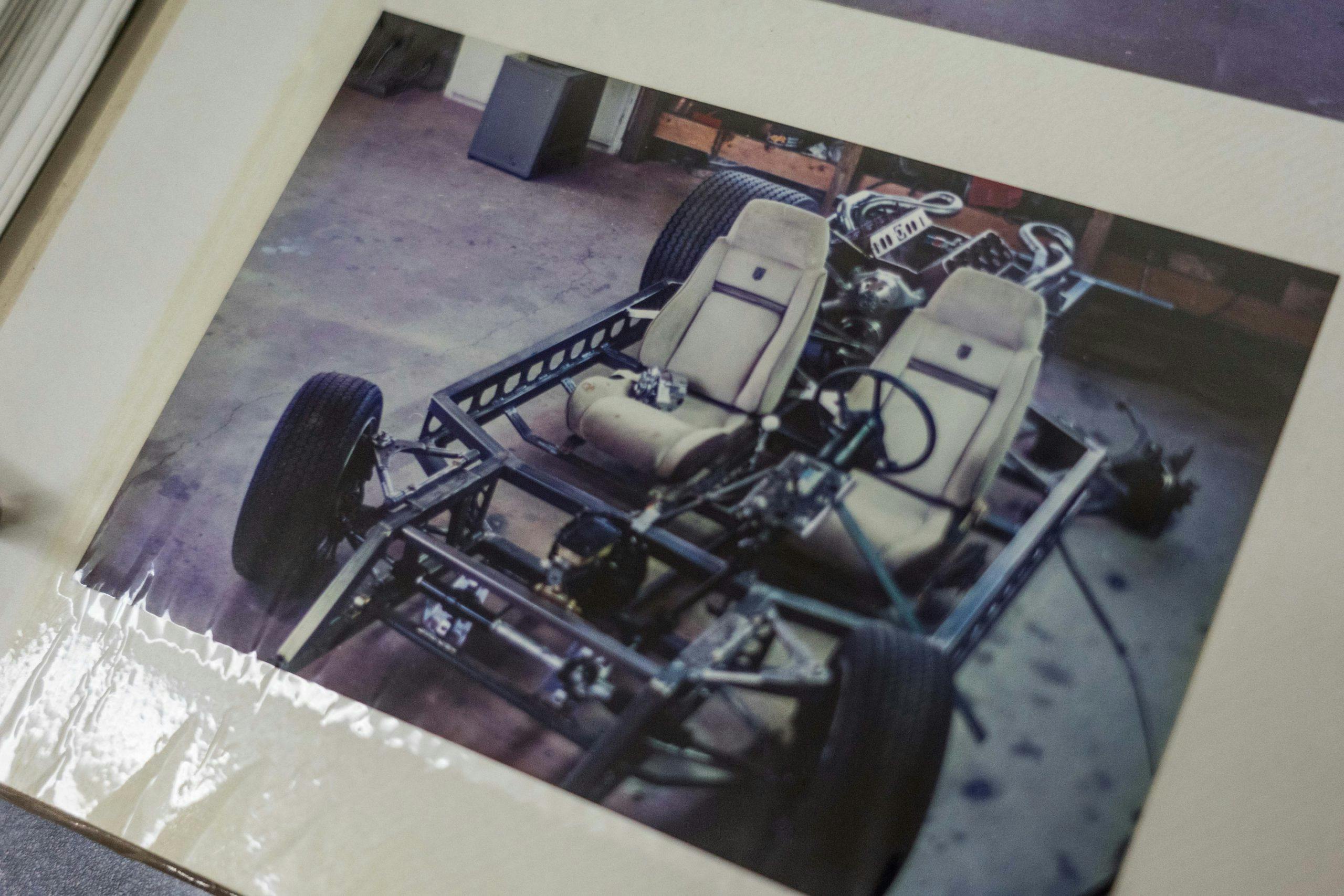
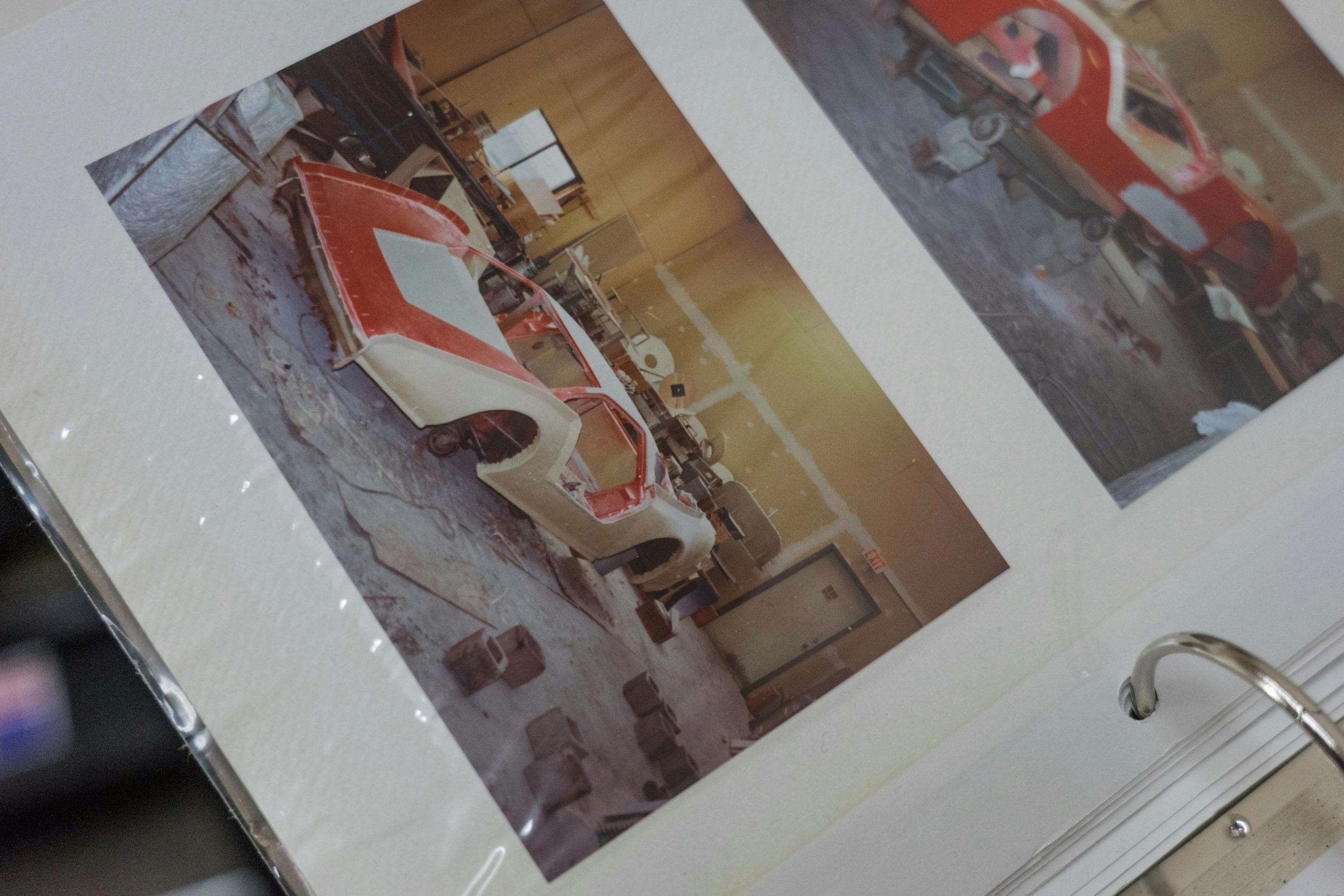


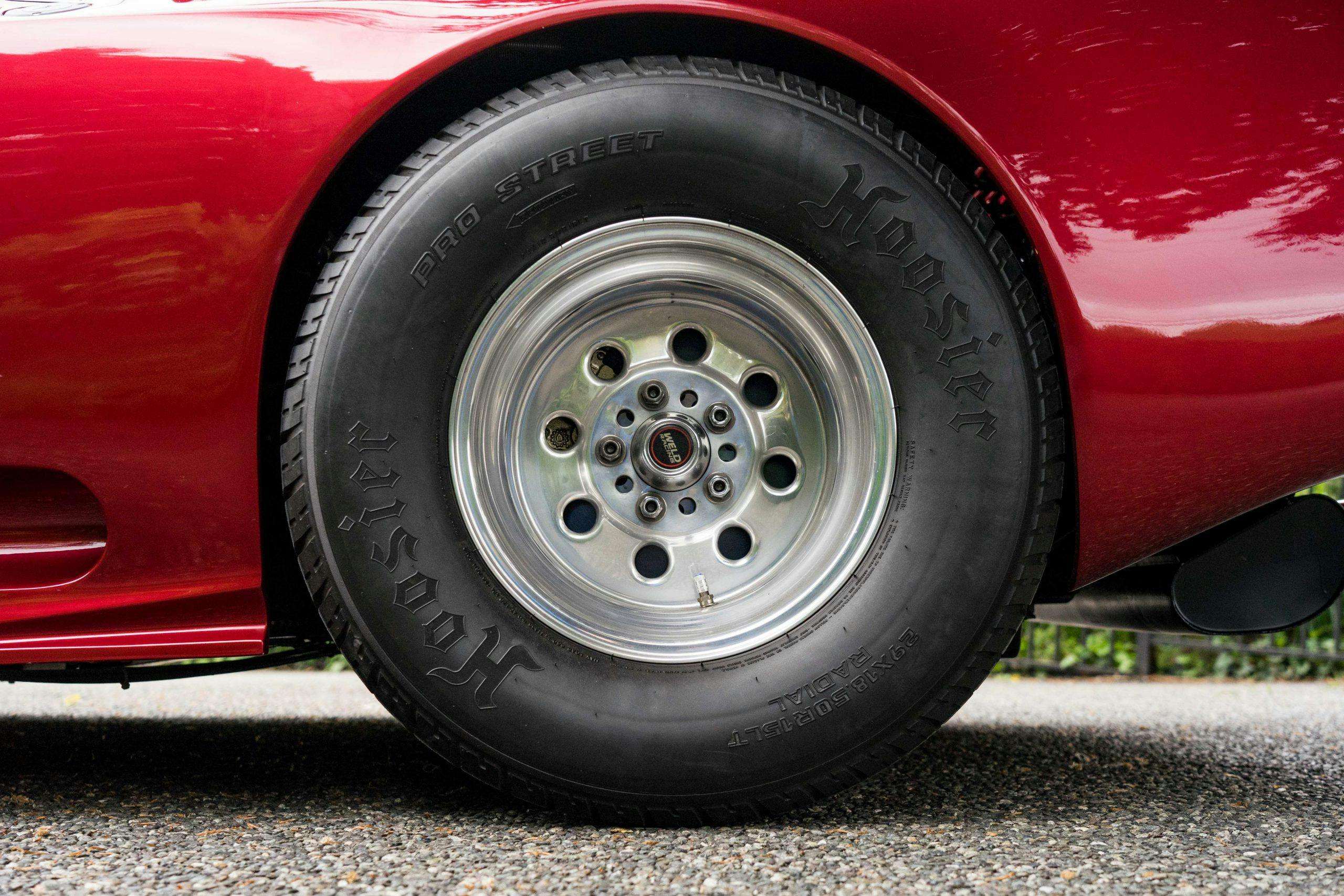


This iscustom built kit car that is no better then a fast 5 body on top of a VW chassis with a big engine. No handling. If you just want to look good and spin the tires but not drive it, then this 10,000 car selling for over 10x it’s worth is what you want to blow your money on. Just look at the rolling chassis and the weight of the fiberglass composite to tell this had big dreams and poorly designed.